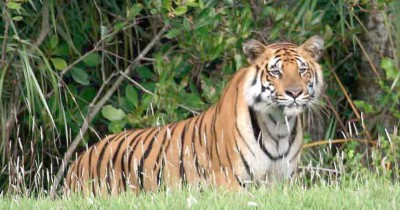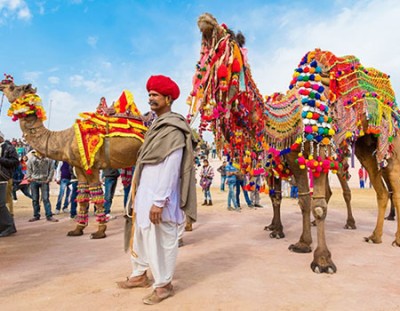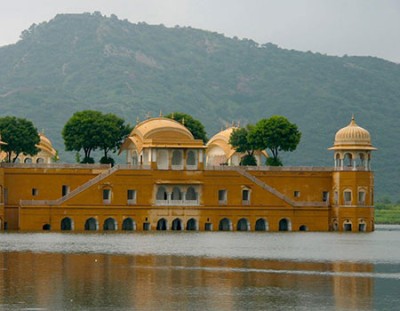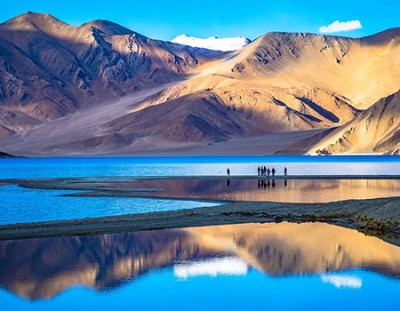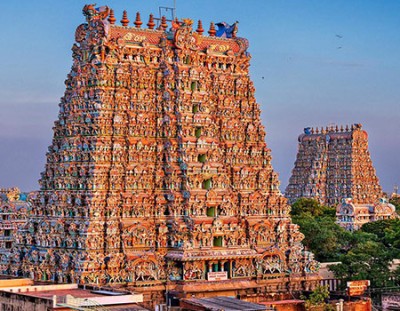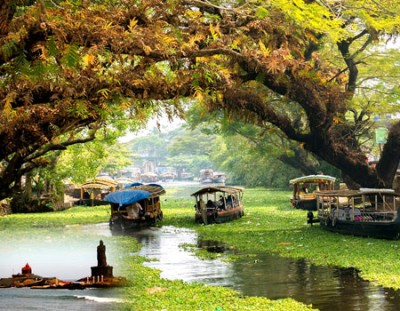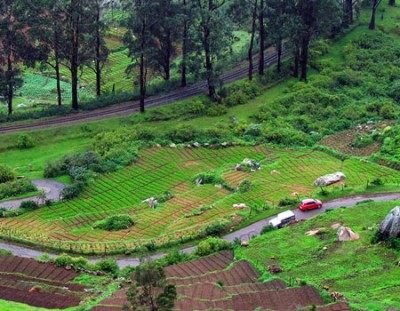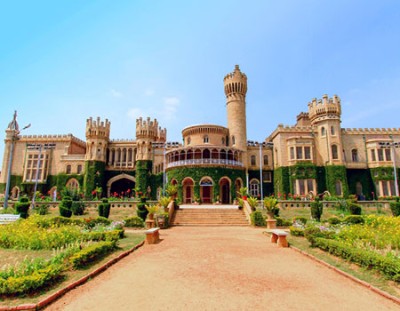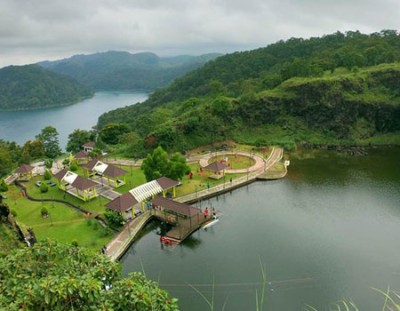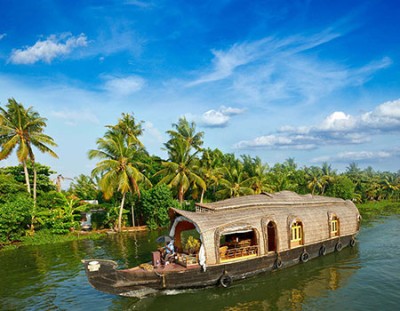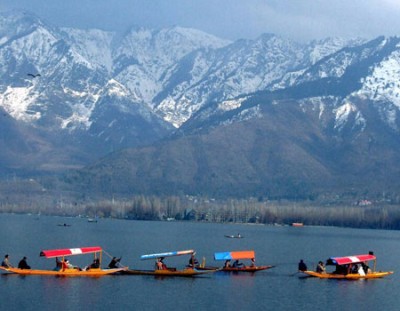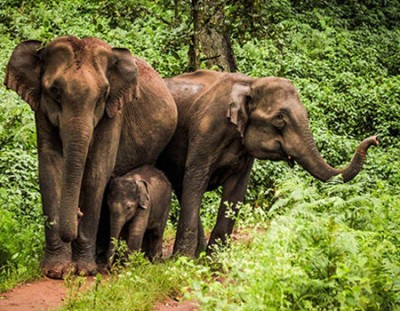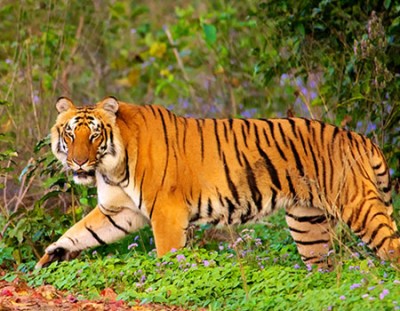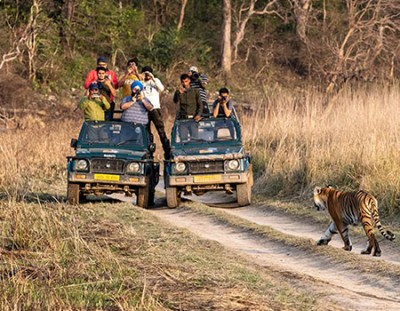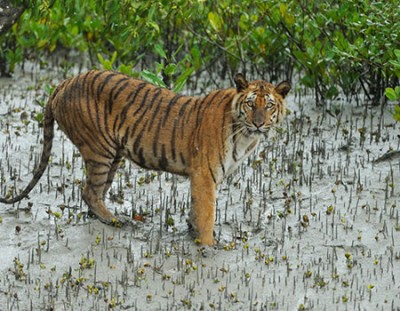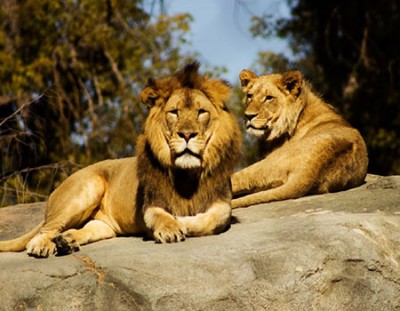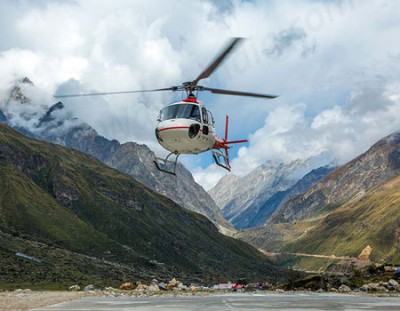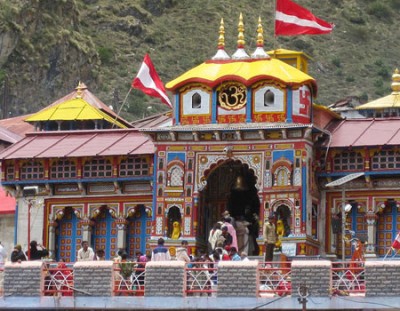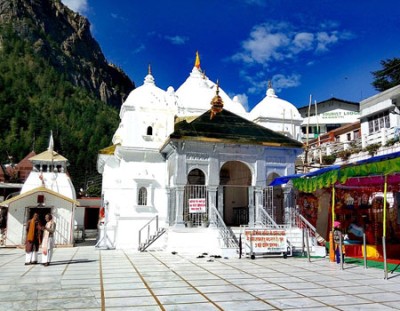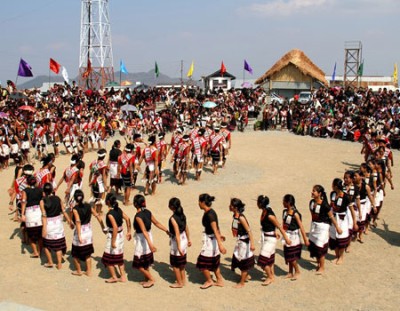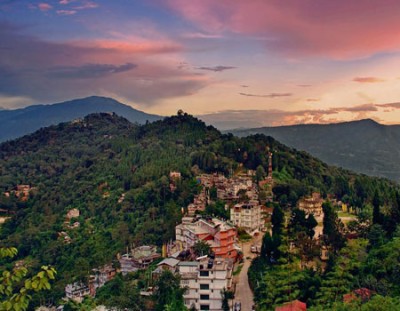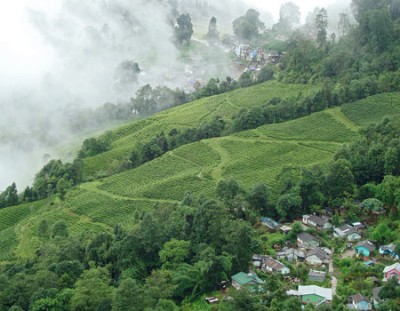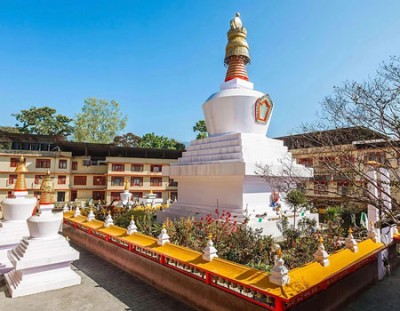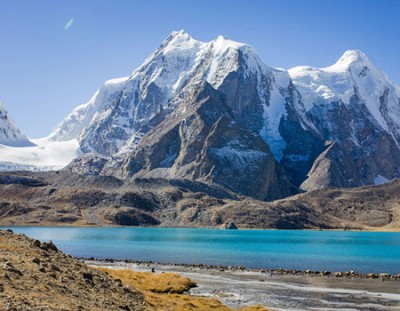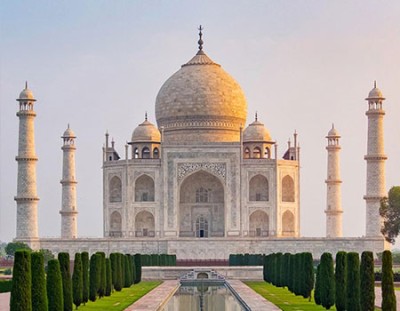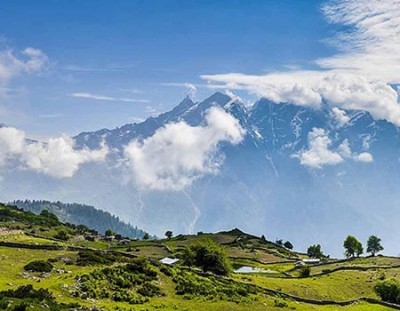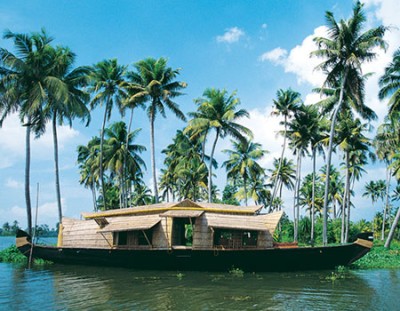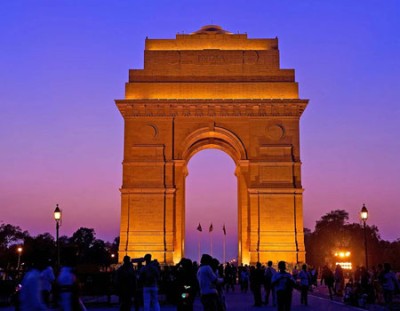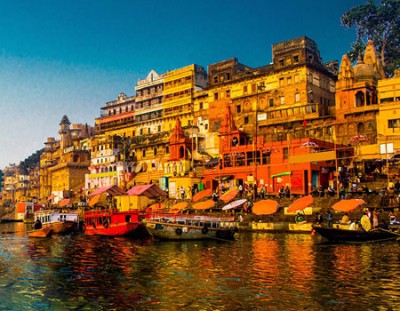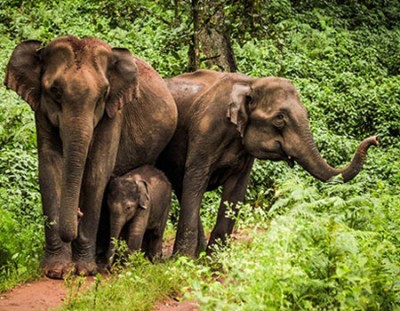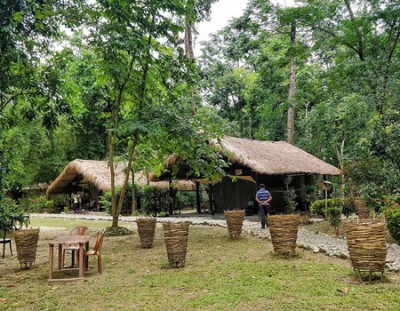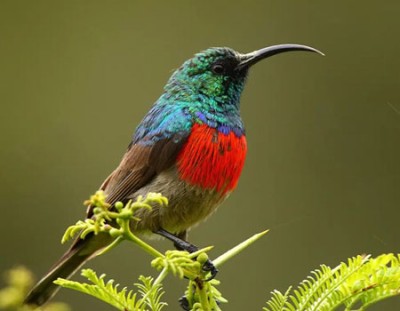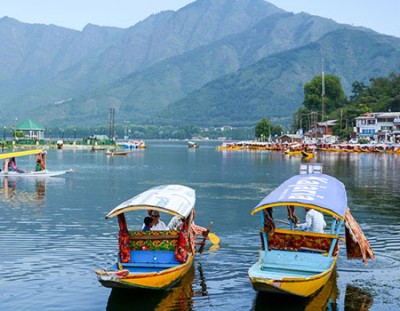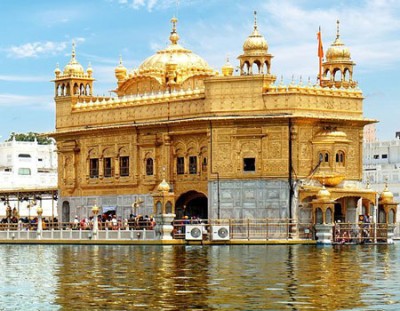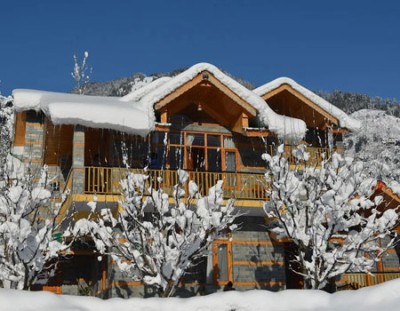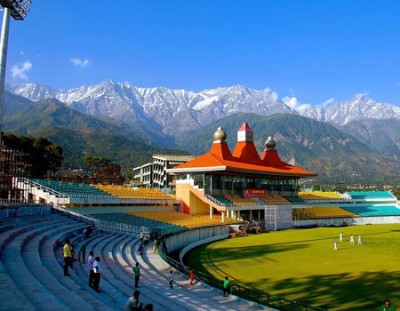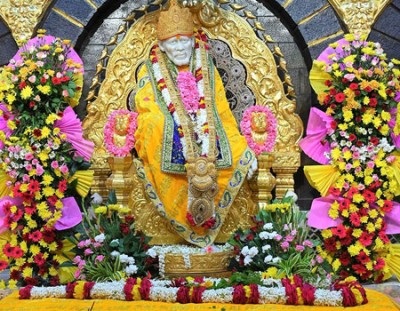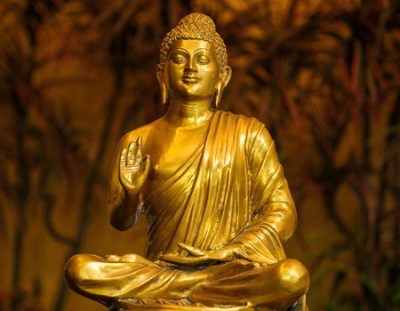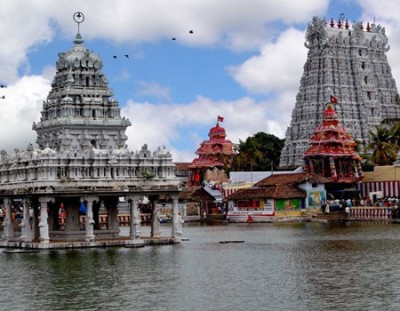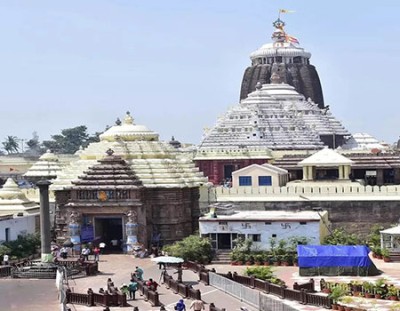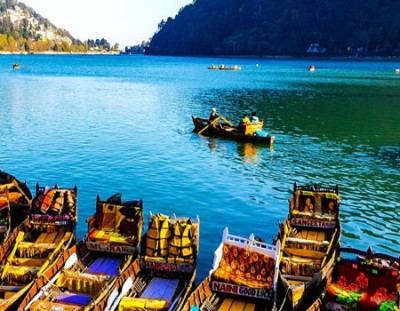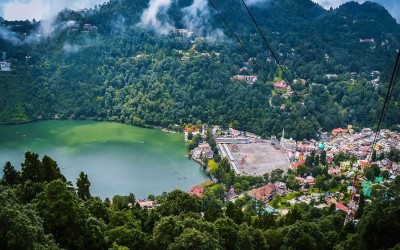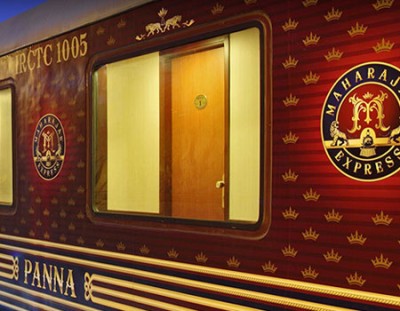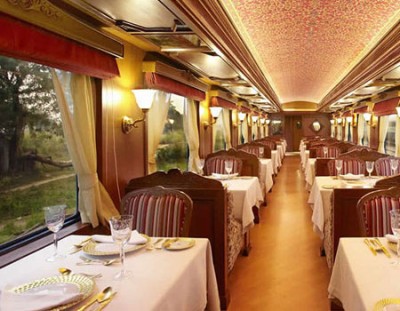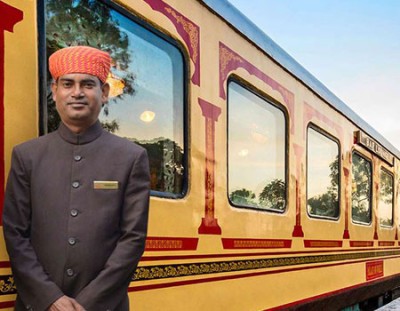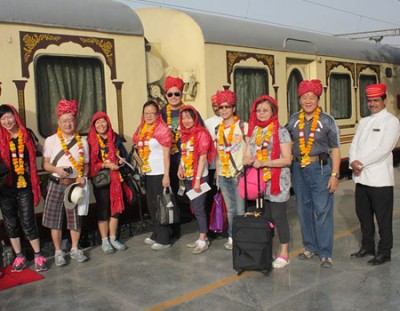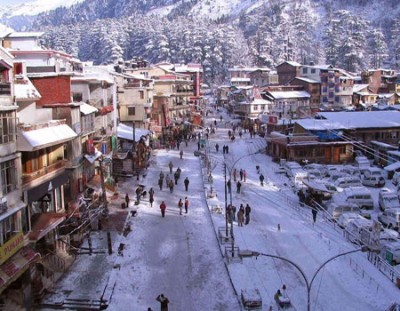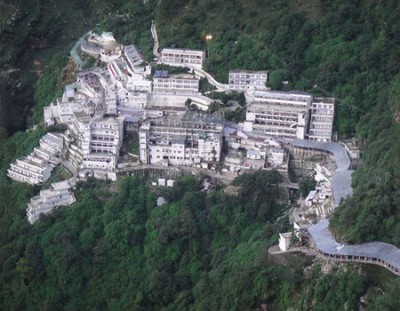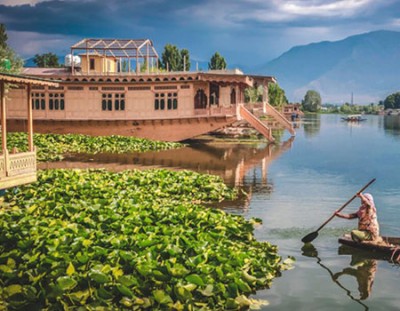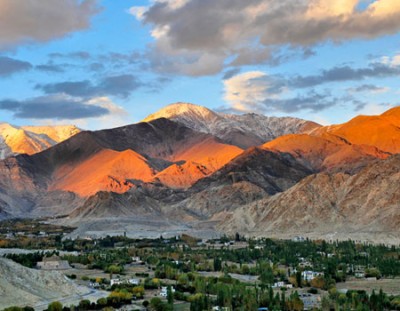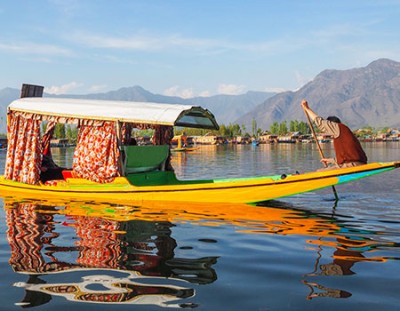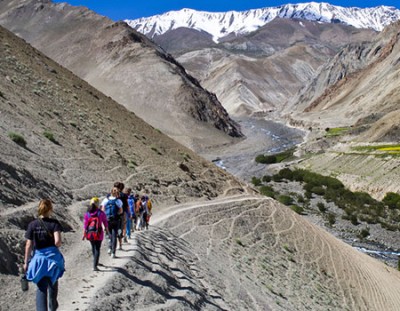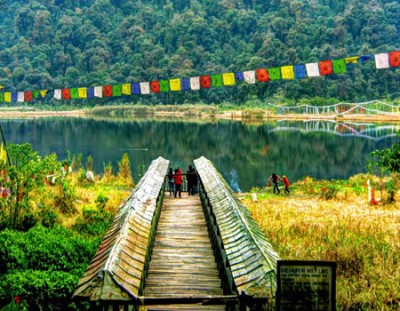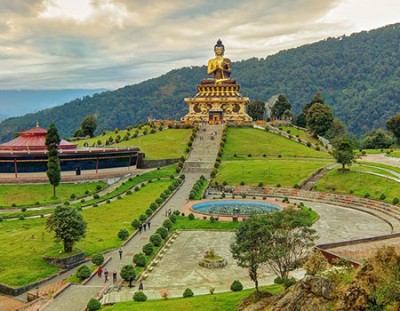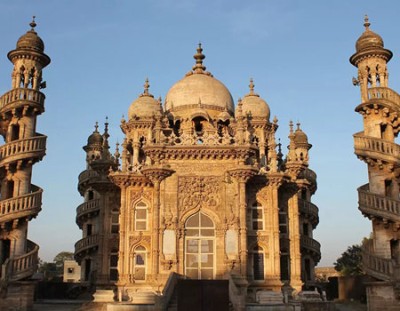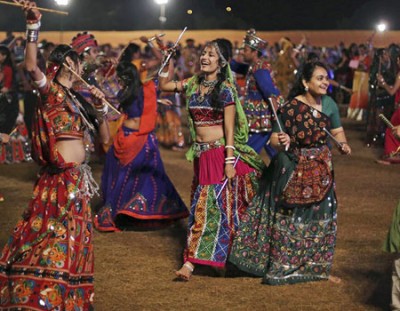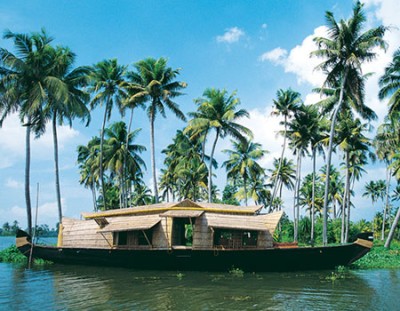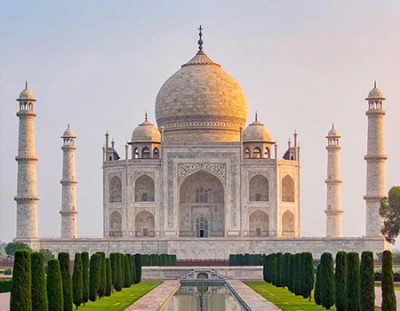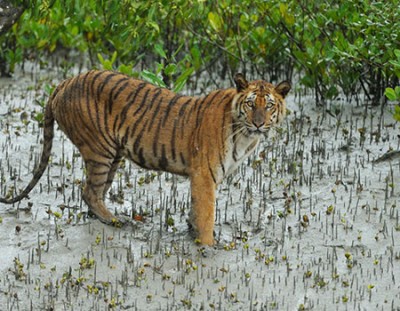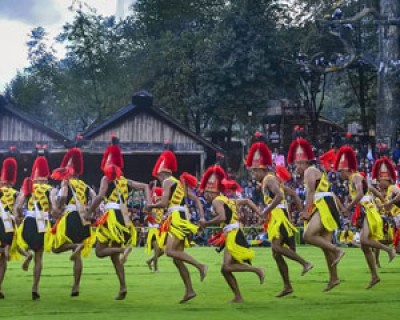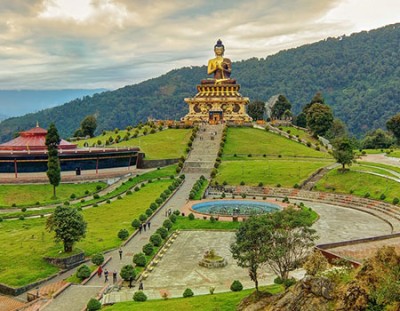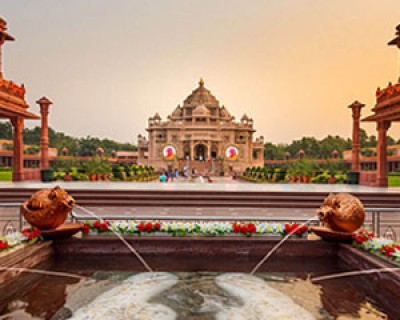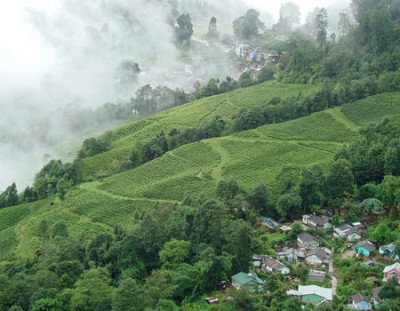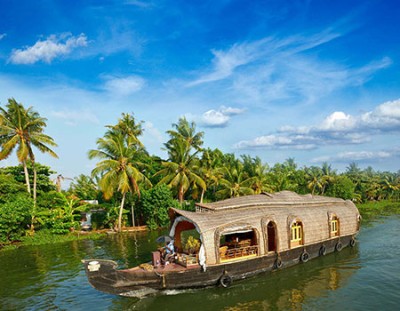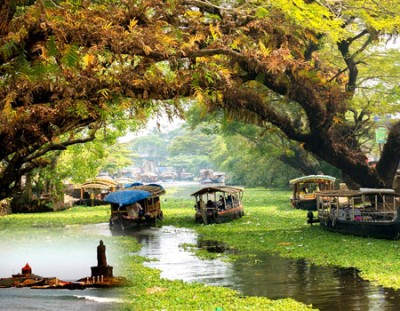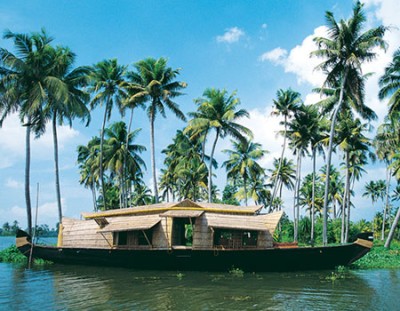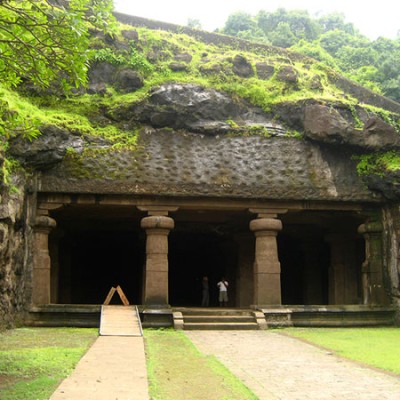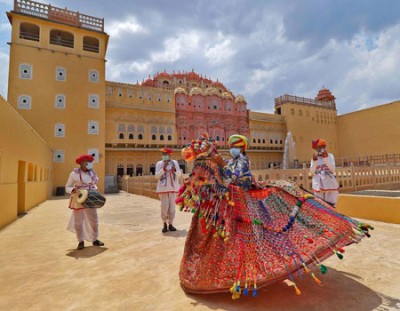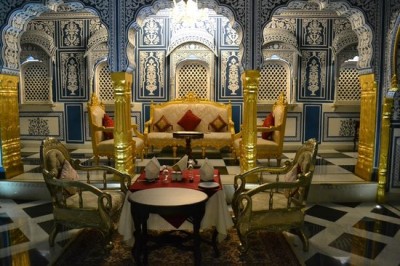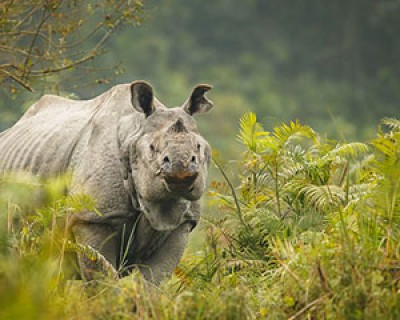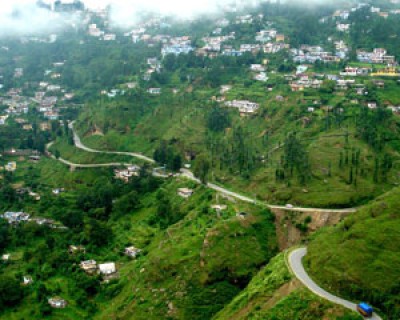North East India Tour with Hornbill Festival
Itinerary
Guwahati
Meeting upon arrival and transfer to the hotel.
Afternoon visit the Nilachal Hills which is known as the home to the Tantra (Black Magic) and the most sacred Temple in this part of the country. In Nilachal Hill, visit:
Kamakhya Temple: The origin of Kamakhya Temple is pre Aryan situated atop the Nilachal Hill. The formost shrine of Assam, The Kamakhya is an ancient seat of Tantric and shakti Cults of Hinduism. The original temple was destroyed by the invading Muslims in their crusade against Hindu temples and idols in the early part of 16th century. Ultimately it was restored from ruins by King Naranarayan of the Koch dynasty and rebuilt in its present forming 1665 AD.
Chhinnamasta : The Chhinnamasta temple is situated adjacent to the Kamakhya temple. The goddess is also known as Gupta Durga. Devi cut her own head and carried in her hand.
Bhairabi temple : Bhairabi temple is situated in the lower portion of Nilachal hill. The floor area of the temple is said to be on human skulls. In each night of Full Moon and Dark Moon, the priests offer puzas to Devi Bhairabi in tantrik system. The pond in the temple complex is full of tortoises population of very old times. When called as ‘Mohan’ with some food-stuff they rush towards the beach to get it.
Bagala temple : The followers of tantras offer puja in the Bagla temple. There is a common belief that Bagala Devi provides mental peace and relief to the devotees, when confronted by evils and foes.
Later return to Hotel.
Overnight at hotel.
Guwahati / Kaziranga National park (215 Kms, 5 hrs drive)
Morning after breakfast depart for Kaziranga National Park
Kaziranga National Park: Kaziranga National Park has become synonymous with successful conservations of Great One Horn Rhinoceros (from the Greek word, “rhino” means nose and “ceros” means horn) / Unicornis (from the Latin word, “uni” means one and “cornis” also means horn) and also a home of may other threatened species including Indian Elephant (Elephant Maximus), Tiger(Panthera tigris), Hoolock Gibbon (Bunipithecus hoolock), Ganges dolphin (Platanista gangetica),Sambar (Cervus unicolor), Barasingha or Swamp Deer (duvauceli), Hog Deer, Indian Muntjac (Muntiacus muntjak), Water Buffalo (Bubalus bubalis) and Gaur (Bos frontalis)etc.
There are also over 500 species of birds have been recorder in the park including 25 specis of globally threatened category. Over and above ther are 21 rare and endangered species. In winter one can observe a large breeding population of Spot Bill Pelicans about one thousand breeding nests are found in a place which has been named as Pelican Colony in the Eastern Range.
Among the reptiles species like Water Monitor Lizard (Varanus salvator), Indian python (Python molurus), Cobra (Naja naja) and the King Cobra are found.
Arrive Kaziranga and check in at the Jungle Resort.
Evening free at leisure.
Overnight at resort.
Kaziranga National Park
Early morning enjoy the elephant safari in the central (Kohora) range of Kaziranga. Later return to the resort for breakfast.
Afternoon enjoy the ethnic cuisine in the NATUNDENGA Karbi village adjoining Kaziranga National Park (Optional: Rs. 200 Per Person)
Late afternoon enjoy the exclusive Jeep safari in the western (Bagori) range of Kaziranga.
Overnight at the resort.
Kohima (Hornbill Festival)
Morning after an early breakfast depart for Kisama, the permanent vanue for Hornbill Festival which is 14 kms from Kohima.
Full day witness the Hornbill festival
Hornbill Festival, Nagaland : Nagaland is a land of diverse tribal culture and all the tribes celebrate their own and unique festivals round the year. Most of the people in Nagaland depend on agriculture and therefore most of their festivals based around agriculture.
Organized by the State Directorate of Tourism, Nagaland, the main motto of the Hornbill Festival is to encourage inter-tribal interaction and to promote cultural heritage of Nagaland. The Festival is named after the globally respected bird – hornbill, which is having a great significance in the folklore, dances and songs of most of the state’s tribes. It showcases a mélange of cultural displays under one roof. This festival usually takes place between the 1st and the 5th of December at Naga Heritage Village, Kisama which is about 12 km fromKohima.
This weeklong festival unites all the tribes in Nagaland and gives them the chance to showcase their diverse and colourful dances, performances, crafts, sports, cuisines and religious ceremonies.
The highlights of the festivals include Traditional Naga Morungs (youth dormitory) Exhibition and sale of Arts and Crafts which include paintings, wood carvings, and sculptures, food stalls, herbal medicine stalls, flower shows, cultural medley-songs and dances, fashion shows, traditional archery, Naga wrestling, indigenous games, and music concerts.
The Hornbill festival has already attracted national and international tourists and it has been successful to a great extend in projecting Nagaland as a unique tourist destination and in the process it is also celebrating the richness of the Naga cultural heritage.
Overnight at hotel / Guest House
Kaziranga / Dimapur / Kohima (210 Kms, 6 hrs drive)
Morning after breakfast depart for Kohima. En route visit the hot spring in Garampani.
Kohima: Kohima is derived from the word “Kew Hi Ma” which means the men of the land where the flower Kew Hi grows. Situated at an altitude of 1444 m above sea level, Kohima is the Capital of Nagaland. Like other Naga settlement Kohima shares the same feature standing on top of the surrounding mountains. In true sense, fusion of different culture with a blend of modernisms turns Kohima to a fast growing city.
Arrive Kohima and check in at hotel.
Overnight at hotel.
Kohima (Hornbill Festival)
Morning after breakfast depart for Kisama to witness the Hornbill Festival.
Afternoon visit:
The Kohima War Cemetary:
“When You Go Home, Tell Them Of Us And Say,
For Your Tomorrow, We Gave Our Today”
Constructed in the memory of the officers and soldiers who made supreme sacrifices during World War II, the war cemetery attracts hundreds of visitors every year including the relatives of those martyrs. Maintained by the Commonwealth War Graves Commission, the cemetery witnessed more than 2000 graves, on each grave there are beautiful epitaphs carved in bronze.
Kohima village: Popularly known as Bara Basti (Big Village) the Kohima village is one of the largest village in Asia. Inhabited mainly by the Angami tribes it is divided into ‘khels’ or localities. A large traditional wooden gate welcomes you to the village which is elaborately carved with warriors and weapons and the skull of the mithun, a symbol of prosperity.
Khonoma Green Village: Located 21 kms away from Kohima town the Khonoma village is the first “green village” of Nagaland. The village is well known for the legendary leader Angami Zapu Phizo who was the founder of the Naga movement. It is in this place where the Naga warriors made their last endeavor against the British aggression in 1879. ‘Khonoma Nature Conservation and Tragopan Sanctuary’ (KNCTS) was initiated to create the environmental awareness among the inhabitants and reserved about 70 sq km of its village forest. The village is also famous for the fallow management of its alder trees which balances nature in the surrounding areas.
Evening visit the Kisama to witness the Cultural show.
Overnight at hotel / Guest House.
Kohima / Jorhat (196 Kms, 5 hrs drive)
Morning after breakfast depart for Jorhat,
Jorhat: The name “JORHAT” or “JOREHAUT” delived from two hats or markets which subsist on the two banks of the river Bhogdoi during the 18th Century, Jorhat was the last capital of the Ahom Kingdom(erstwhile ”Rangpur”). This flourishing town was completely destroyed by the Burmese invasions in1817 till the arrival of the British in 1824 under the leadership of David Scott and Captain Richard.
There are about 135 Tea Gardens in and around Jorhat.
Arrive Jorhat and check in at the heritage tea garden bungalow
Rest of the time free to explore the tea gardens and the cultures of the people living there.
Overnight at hotel.
Jorhat / Majuli Island (45 minutes drive and 2 hrs ferry ride in Brahmaputra)
Morning after breakfast depart for Majuli Island. En route cross the Brahmaputra river by local made ferry.
Majuli Island: The largest inhabitant river line island in the world Majuli has been the hub of Assamese neo-vaishnavite culture and it is the cultural capital and the cradle of Assamese civilization for the past 500 years, by the revered Assamese saint Srimanta Sankardeva and his disciple Madhavdeva. The first vaishnavite monastery was at Belaguri in west Majuli. After that 65 Monasteries (SATRAS) were set up. Today only 22 of the original 65 are survived.
The main tribe of Majuli is Mishing. They comprise of about 47% of the population of Majuli. The term Mishing is also made up of two words- ‘mi’ means people and ‘yassing’ means fine, and that’s why they call themselves fine people. Other comprises Chutias, Deoris, Sonowal Kacharies, Koches, Naths, Kaivarttas, Mattaks, Ahoms, Kalitas, Brahmins etc.
Arrive Majuli and check in at the Bamboo Hut MEPO:AKUM.
In Majuli explore the traditional roots of Assamese society by visiting the vaishnavite monasteries of Majuli.
Visit:
Auniati Satra or Monastery: Niranjan Pathak Dev had founded the Satra and it is having the collection of old Assamese utensils, jewelries and handicrafts.
Kamalabari Satra: Founded by Bedula Padma Atais a centure of ethenic art and culture.
Natun Samaguri Satra : This monastery is famous for its mask making culture.
Overnight at Bamboo Hut.
Day 10: Ziro
Morning after breakfast visit Tarin, the high altitude fish farm, a famous whispering pine grove and the craft center. From a hill top, catch the first rays of dawn lighting up the stunning emerald patchwork quilt of nature.
Later visit Talley Valley: Tally valley is located 30 Kms away from Ziro. Tale in Apatani dialect is the name of a plant and to many other tribes the word means paradise. The local population grow paddy in tarraced fields all over the valley. The Apatanis, the main tribe of this region grow rice by terrace farming and their indigenous irrigation system is unique amongst the Arunachal tribals.
Afternoon explore Apatani tribal villages, like Hong-Dibbo-Hija-Bulla-Hari etc. The Apatani village comprises of long rows of houses with a fertility totem in front of each house. They use an indigenous herbal salt that’s rice in iodine whick is quite unique. As a real nature lover, for every tree they fell, five fresh saplings are planted. The Apatani women are very skilled in handicraft and handloom as one can be see from the wonderfull JIKHE pattern, woven jackets and intricately patterned JILANG shawls. The men are expert in metallurgy and bamboo craft.
Overnight at hotel.
Ziro / Daporizo (170 kms, 5 hrs drive)
Morning after an early breakfast drive to Daporizo.
Daporizo: Daporizo is a district headquarter of Upper Subansiri District. It is a beautiful place on the right bank of Subansiri river with picturesque villages and also to see are the caves(a few kms away). Languages spoken here are Tagin, Hill Miri, Adi(Gallong), Hindi, Assamese and English.
Arrive Daporizo and check in at hotel.
Later sightseeing of Daporizo After breakfast, enjoy a full day visit to the Tagin Tribal Villages to get an insight into the unique day-to-day life of the tribals.
Daporijo forms a beautiful picnic spot. It is well placed on the right bank of Subansiri river. This mesmerizing land houses many wonderful villages. A few kilometers ahead, one comes across many caves that are a treat to the eyes.
Overnight at hotel.
Daporizo / Along (180 kms, 5 hrs drive)
Morning after an early breakfast depart for Along by car.
Along: Along the headquarter of West Siang district of Arunachal Pradesh located at an altitude of 300 m from the sea level. Sitting amidst abundant natural surroundings, Along in Arunachal Pradesh is a small town with beautiful villages. Along Arunachal Pradesh is a most ideal place to spend the hot summer seasons. The picturesque surroundings laced with brilliant plantations makes Along in Arunachal one of the most perfect health resorts of India.
Arrive Along and check in at hotel.
Later explore the Adi tribal villages like Kabu and Pobdi etc to witness the traditions and the cultures of the Adi Tribesmen.
Overnight at hotel.
Along / Pasighat (130 kms, 4 hrs drive)
Morning after breakfast drive to Pasighat.
En route visit:
Hanging Bridge: Hanging bridge on the Siang river is another thing to see at Along. This bridge is local made of cane and bamboo. The bridge is around 60 to 70 m long connecting to the others hill tribes, fishing are the sports for these tribe.
Pasighat: The district headquarter of East Siang district, the oldest administrative center of erstwhile NEFA, situated on the bank of mighty river Siang, the main tributary of Brahmaputra and bounded by snow-clad peaks, rocky mountains, virgin floral and faunal diversity. This region is the home of the Adi tribe who are remembered for their colourful Ponung dance.
Arrive Pasighat and check in at hotel.
Later visit:
Kekar Monying (Black Rock): It is one of the important memorials of the State eracected in memory of Adis who fought with the british at this site on 4 th December 1911 and who died a heroic death.
Komsing: The British had eracected the epitaph/ memorial stone of Sir Neol Williamson killed by Narmi Manmur Jamoh.
Overnight at hotel.
Pasighat / Dibrugarh (110 kms, 4 hrs drive with 2 hrs ferry ride)
Morning after breakfast in time transfer to the Ghat (river port) to catch the ferry for Dibrugarh. Arrive Dibrugarh and check in at the hotel.
Evening free at leisure.
Overnight at hotel.
Depart Dibrugarh
Morning after breakfast in time transfer to Dibrugarh airport / railway station for the onward destination.
Majuli / Ziro
(120 Kms, 3 hrs drive with hour ferry ride)
Morning after breakfast depart for Ziro
Ziro, a small picturesque town situated at an altitude of 5000 feet with Pine and Bamboo groves, villages, a craft centre and high altitude Tarin Fish Farm is an ideal place for relaxation.
Arrive Ziro and check in at hotel.
Overnight at hotel.






